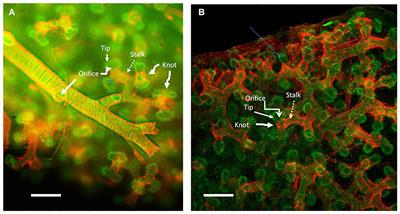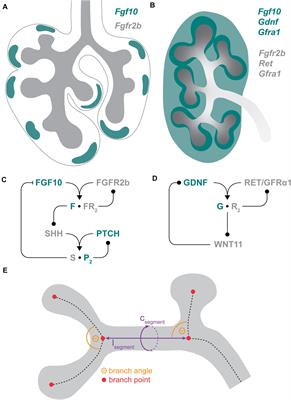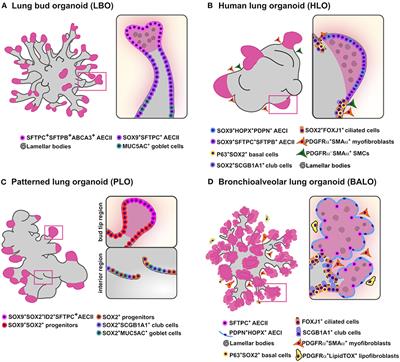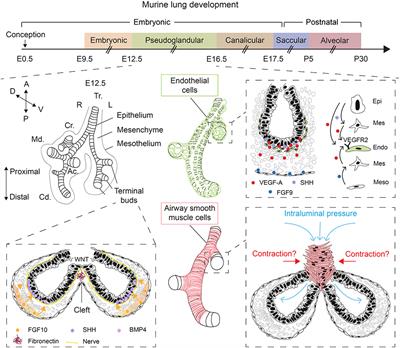EDITORIAL
Published on 12 Jul 2021
Editorial: Branching Morphogenesis During Embryonic Lung Development
doi 10.3389/fcell.2021.728954
- 1,508 views
7,095
Total downloads
30k
Total views and downloads
Select the journal/section where you want your idea to be submitted:
EDITORIAL
Published on 12 Jul 2021
HYPOTHESIS AND THEORY
Published on 15 Jun 2021

REVIEW
Published on 07 Jun 2021

MINI REVIEW
Published on 04 Mar 2021

MINI REVIEW
Published on 14 Jan 2021

REVIEW
Published on 12 Jan 2021

